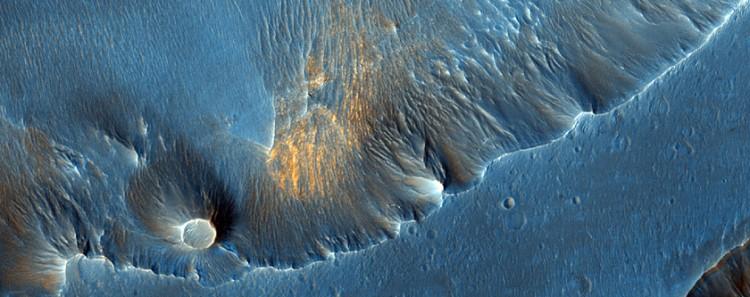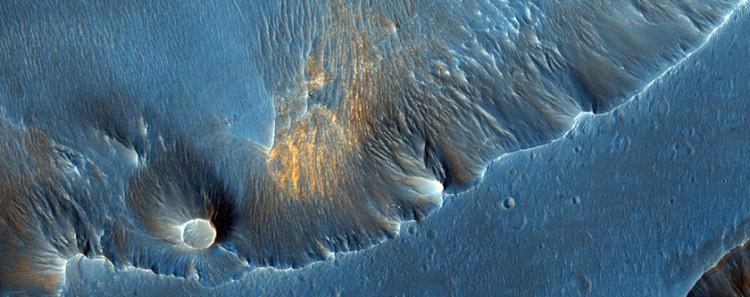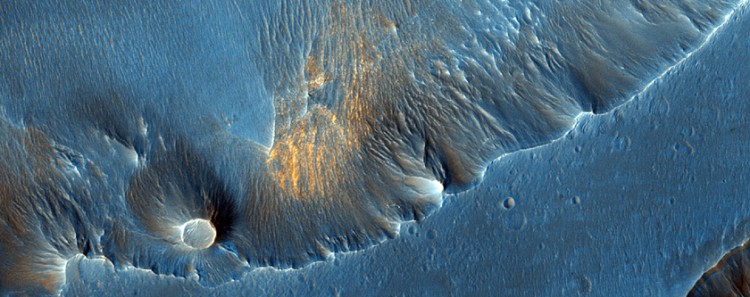Ancient spheres of iron oxide called Moqui marbles from the American Southwest are giving insights into the formation of similar structures on Mars.
These so-called blueberries—tiny balls of crystalline hematite—were first spotted in 2004 when the robotic rover Opportunity arrived on the Red Planet. New U.S.-Australian research suggests that not only water was needed for their creation, but also life.
Back on Earth, comparable iron oxide concretions occur in the Navajo Sandstone that formed during the Jurassic period. Led by Karrie Weber at the University of Nebraska, the researchers found that micro-organisms were instrumental in the mineralization of these Moqui marbles.
About 2 million years ago, bacteria-like creatures acquired energy and carbon from the mineral siderite, which contains iron carbonate. They would have thus oxidized the iron and produced acid, forming a thick shell of iron oxide around a sandy core, and turning the carbonates into organic carbon.
Using electron microscopy and secondary ion mass spectrometry (nanoSIMS), the researchers identified structures that looked like micro-organisms in the marbles as well as a light isotope of carbon and other chemicals indicative of life.
“We found iron oxide is associated with these organic carbon structures that resemble micro-organisms,” Weber said in a press release.
“So all of the information put together tells us that microbial life was present, active, and played a role in iron biomineralization.”
Curiosity, the new Mars rover, is now at Gale Crater, which was selected due to signs that water, and hence life as we know it, may have been present in the past. Scientists are hoping more blueberries will be discovered nearby to analyze their mineralogy and any organic material.
The results were published in the August issue of the journal Geology.
The Epoch Times publishes in 35 countries and in 19 languages. Subscribe to our e-newsletter.





